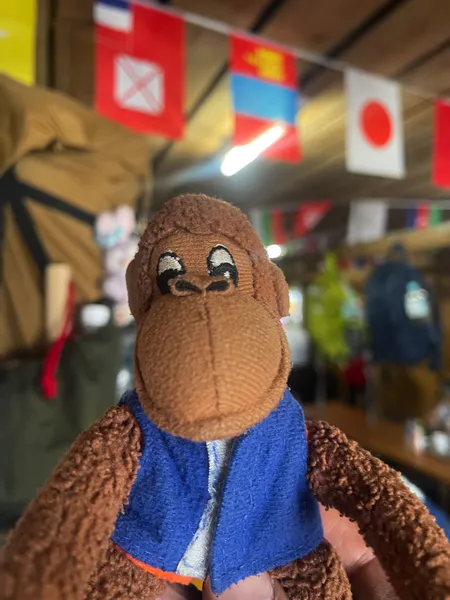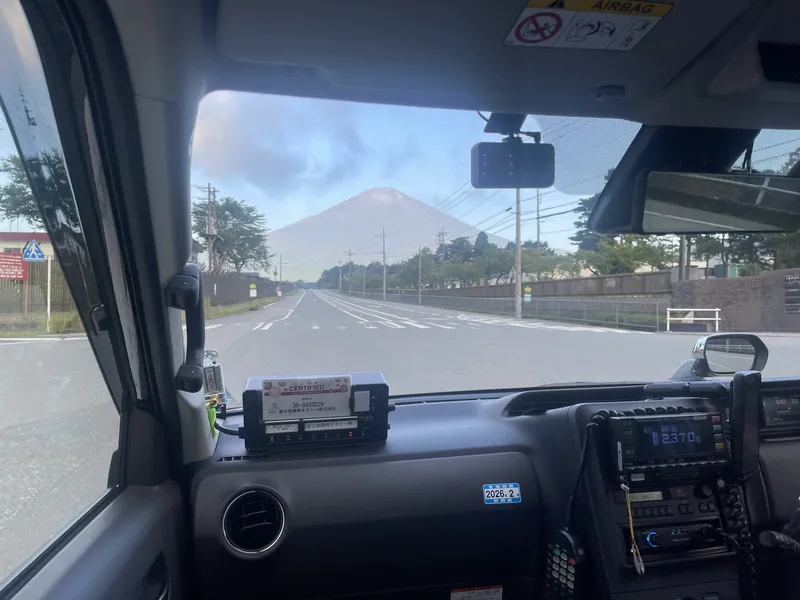Mount Fuji, Japan’s iconic peak, beckons travelers from around the globe. But in an era of increasing popularity, how can one achieve that quintessential climbing experience without the drawbacks of mass tourism?
Our story begins with Miffa Chan, a seasoned traveler to Japan, who has never climbed Mt Fuji and myself that put pressure to climb it this 2025.
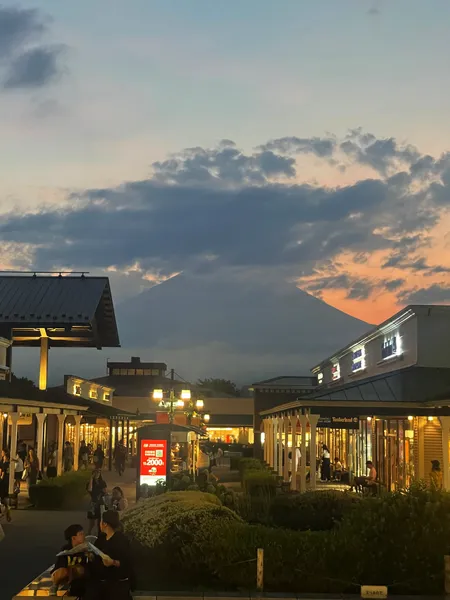
From Tokyo Marathon to Mount Fuji: A Long-Awaited Challenge
Miffa first visited Tokyo over 18 years and 4 months ago and has since returned to Japan so many times, she has lost count, almost every year except during the COVID-19 pandemic. Miffa has explored all the major islands, dived in the Pacific islands, skied in Hokkaido, and even run the Tokyo Marathon. Yet, one significant challenge had always eluded them: climbing Mount Fuji. It was something Miffa had “never truly planned a visit to Mount Fuji, not even to see it from afar”.
Interestingly, Miffa’s first visit to Japan predates my own birth, and it was together with Dad and the rest of the crew that we embarked on our first ascent of Mount Fuji. This decision wasn’t just a personal milestone; it was prompted by significant changes in Japanese tourism that made our father consider climbing the mountain seriously or forgetting about it forever.

The Impact of Mass Tourism on Mount Fuji
In recent years, Japan has become an increasingly popular destination. However, this popularity has attracted a type of tourist well-known in Europe (specially in the Mediterranean Coast) but previously less prevalent in Japan: the disrespectful tourist. These visitors often “do not inform themselves, who only think of consuming goods and ‘experiences’ and who makes it necessary to put limits on all their stupidities”.
This surge in what can be called mass tourism has had a tangible impact on the Mount Fuji climbing experience. Depending on the dates and the chosen route, an expedition can easily be “ruined by the crowds, queues, and the bad vibe prevalent on the way to the summit”.
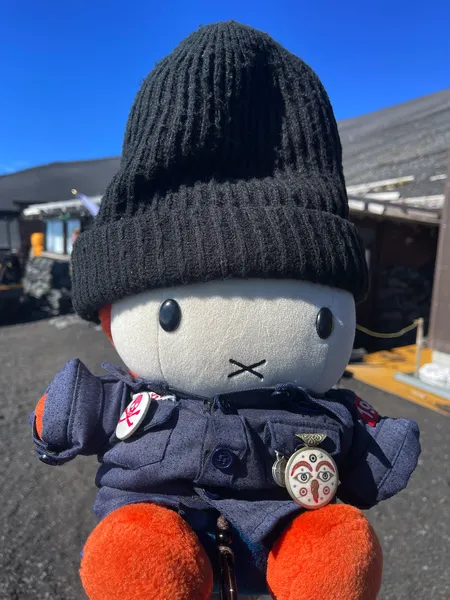
A quick note on Mount Fuji and its spiritual and cultural significance
Mount Fuji isn’t just Japan’s tallest mountain—it’s a cultural icon, a pilgrimage site, and a dream climb for many people. Standing proudly at 3,776 meters, this sacred peak attracts thousands of hikers every year.
Climbing Fuji is more than just a hike—it’s a pilgrimage. For centuries, locals and travelers alike have ascended the mountain to connect spiritually with nature and seek blessings at the summit’s shrines. Every step carries history, culture, and tradition.
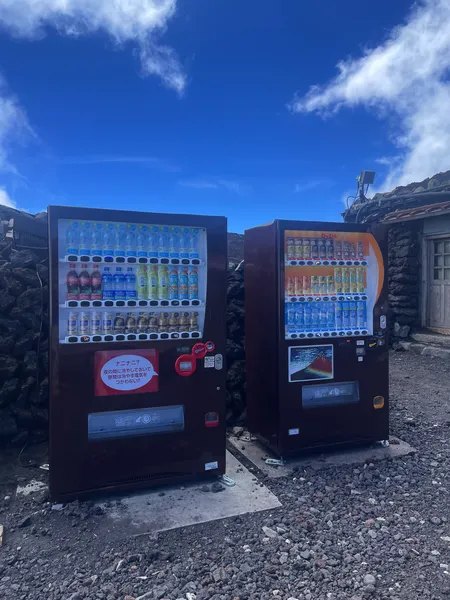
When to climb Mount Fuji
The official climbing season runs from early July to early September. Outside these months, trails are closed due to dangerous weather conditions. In 2025, the season is expected to run from July 1st to September 10th.
Mount Fuji’s Evolving Regulations: Navigating the New Normal
In response to the challenges posed by increased visitors, Mount Fuji climbing has been subject to more and more restrictions, with some “quite debatable” measures coming into effect in 2025. These regulations aim to manage the influx of tourists and mitigate the negative impacts.
Please bear in mind than the ONLY OFFICIAL WEBSITE with information about Mount Fuji Climbing is this one https://www.fujisan-climb.jp/en/
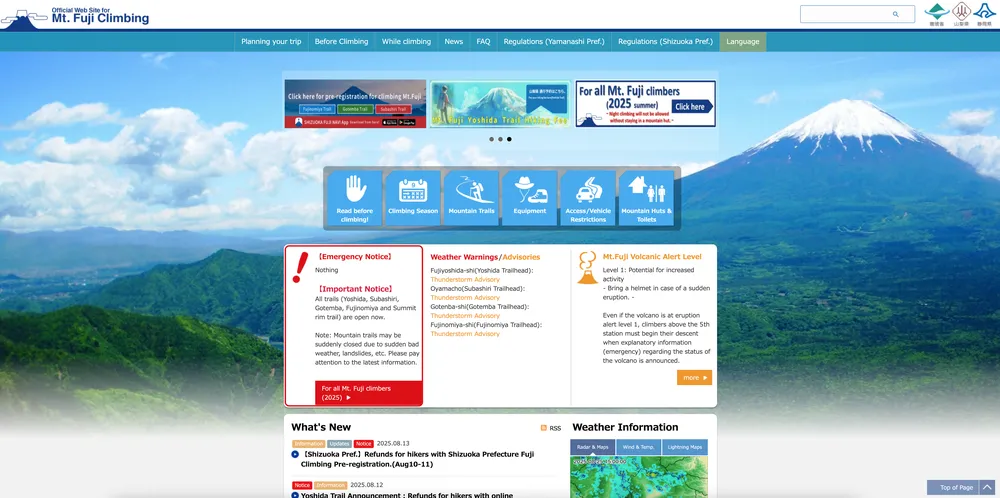
An Overview of the Four Main Routes
Mount Fuji has four official trails to the summit, each with its own personality:
- Yoshida Trail – The most popular and beginner-friendly route
- Subashiri Trail – Known for its forested start and volcanic sand run on descent
- Gotemba Trail – Longest and most challenging path
- Fujinomiya Trail – Shortest but steepest climb
Detailed Comparison of the Four Routes
Difficulty level
- Yoshida: Moderate, best for beginners
- Subashiri: Moderate, slightly quieter
- Gotemba: Hard, requires stamina and experience
- Fujinomiya: Short but steep, physically demanding
Altitude gain and distance
- Yoshida: ~1,500 m ascent, ~14 km
- Subashiri: ~1,800 m ascent, ~13 km
- Gotemba: ~2,300 m ascent, ~19 km
- Fujinomiya: ~1,300 m ascent, ~8.5 km
Accessibility and transportation
- Yoshida: Best bus connections from Tokyo
- Subashiri: Accessible from Gotemba Station
- Gotemba: Remote, fewer transport options
- Fujinomiya: Closest to Shizuoka and Mount Fuji Shinkansen stop
Scenic highlights
- Yoshida: Sunrise views
- Subashiri: Dense forests, peaceful atmosphere
- Gotemba: Expansive volcanic landscapes
- Fujinomiya: Panoramic views of the Pacific Ocean
Crowd levels
- Yoshida: Extremely busy during peak season
- Subashiri: Less crowded, especially lower sections
- Gotemba: Quietest of all routes
- Fujinomiya: Busy but not as packed as Yoshida
Recommended for beginners vs. experienced climbers
- Beginners: Yoshida, Subashiri
- Experienced climbers: Gotemba, Fujinomiya
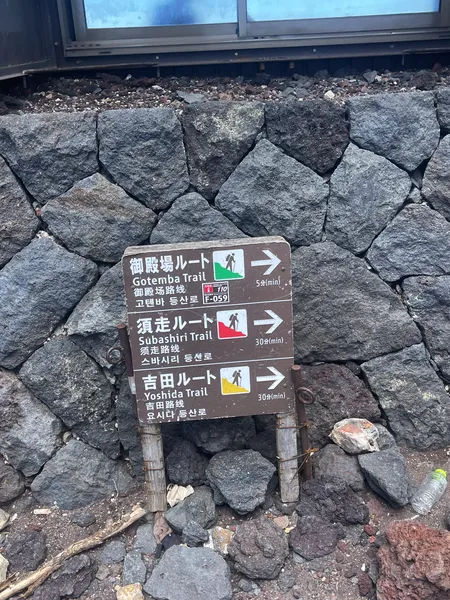
The Gotemba Solution: A Path Less Traveled
Faced with the prospect of navigating crowds and queues on the main routes, we decided to make a strategic decision before our trip. After watching videos depicting the usual congestion, we opted for the Gotemba route—”the longest and the least frequented”.
Was our decision right? this is omething that we will discuss in another blog post but I can say it was.
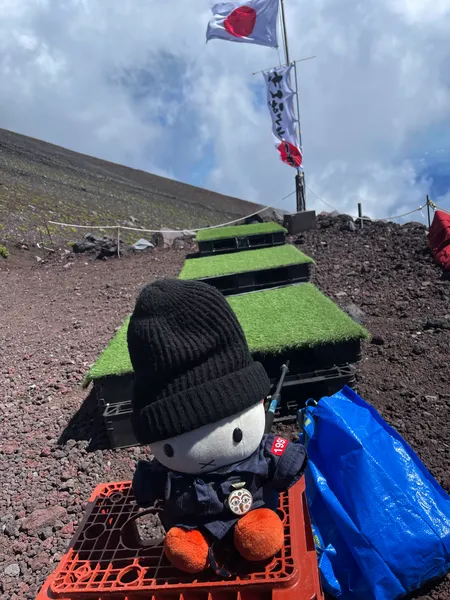
A Deeper Dive into the Gotemba Route: The Toughest Yet Most Rewarding Climb
The choice of the Gotemba route was deliberate and strategic. It is described as “the toughest by far”. However, for our group, this difficulty was a “plus”. We felt that if they were going to climb Mount Fuji, “arriving halfway by bus” (as is possible on some routes) “sabe a poco” – it would feel insufficient or not a complete achievement. Obviously this is my father’s point of view.
Final Thoughts – Choosing the Right Route for You
By selecting the Gotemba route, climbers can aim for an experience that offers fewer queues, a more tranquil ascent, and ultimately, a greater sense of accomplishment, aligning with the desire for a profound and unhindered journey to the summit. It offers a robust alternative for those seeking to avoid the downsides of mass tourism and embrace the full challenge of climbing Mount Fuji.

